by Sophia Healy
Every morning, I fill my water bottle from the kitchen tap without a second thought before I leave to go to class. Like many students, I then use water fountains multiple times a day on the university campus, mindlessly rushing to class afterwards without giving a second thought to the luxury that is clean, potable water. According to the World Health Organization, around 2 billion people worldwide drink contaminated water, causing almost 500,000 deaths every year. For the privileged, it is not a second thought, but for those in resource scarce communities, water is life.
...for those in resource scare communities, water is life.''
A Watertight Solution
Inspired by the breadth of the challenge to transform dirty water into safe drinking water, an idea was formed to develop a straw that can filter out bacteria, parasites, microplastics, and dirt. The team behind the idea quickly realized that the water filtration pipe filter they had created to filter Guinea worm larvae out of water had the potential to be expanded to a wider context - a much wider context. This innovation, called LifeStraw was launched in 2005, now serves users across the world. The product was developed by the company Vestergaard and now more then 15 years later, they offer a multitude of products, including larger filters for families and communities. Their LifeStraw Community product, a 50 litre water filter tank, can even remove menacing viruses present in the water.
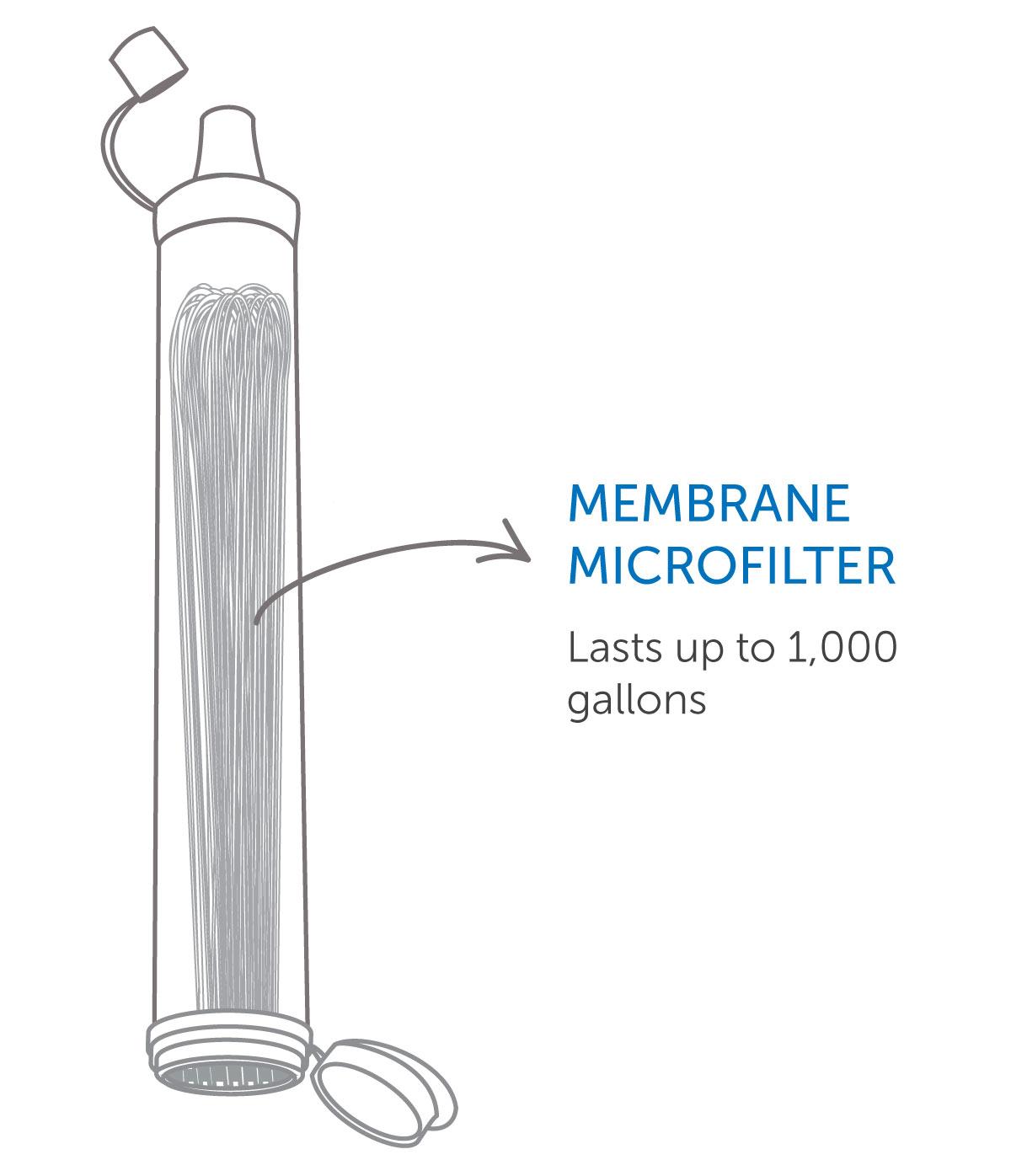
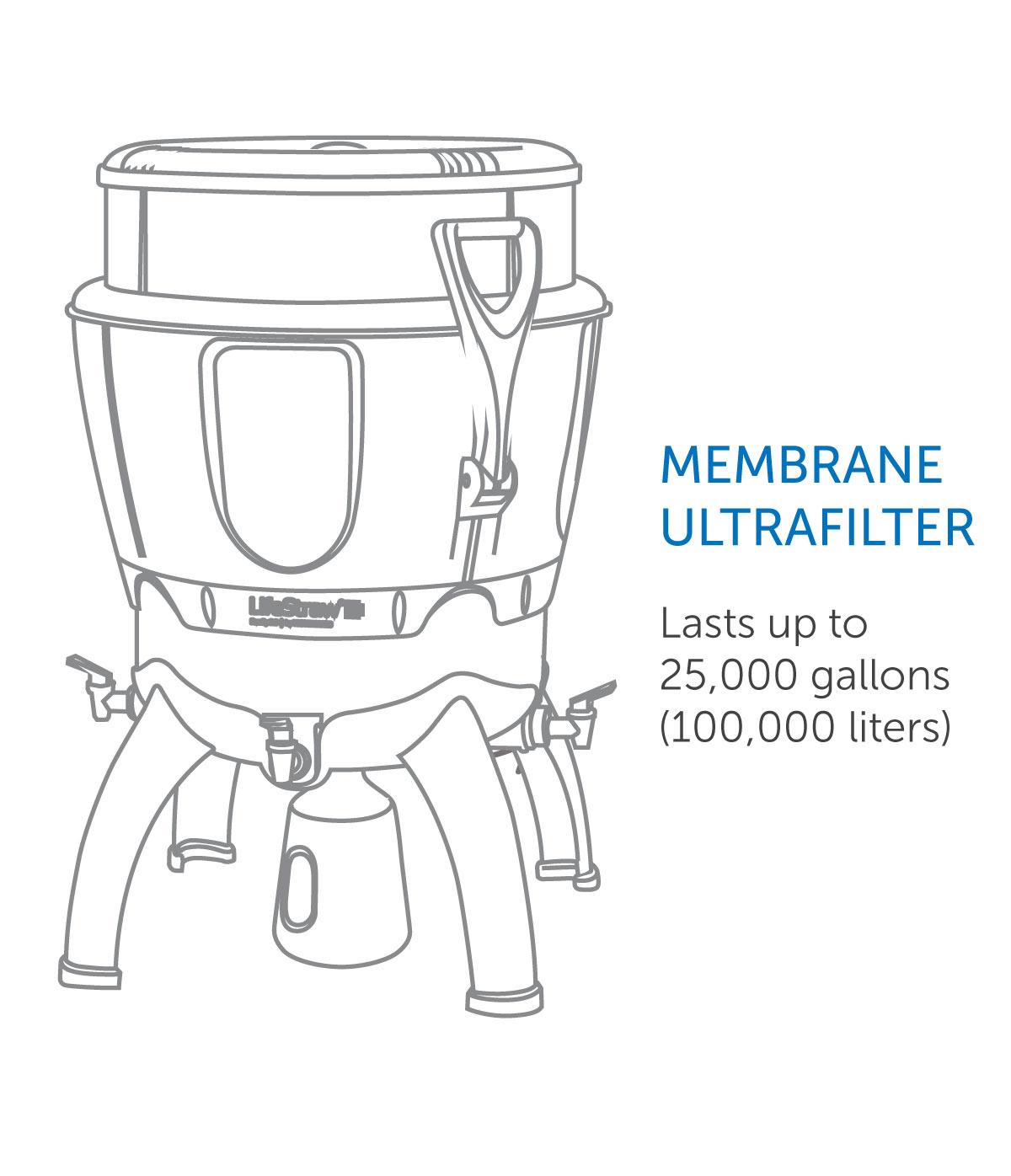
The original LifeStraw and the community water filter tank
How does it work?
Using a filtration system of tubes with microscopic holes, the LifeStraw is able to eradicate all the harmful bacteria and parasites that infect individuals and their communities. This frugal innovation was based onkidney dialysis technology, specifically the filtration done during dialysis to prevent bodily waste buildup.
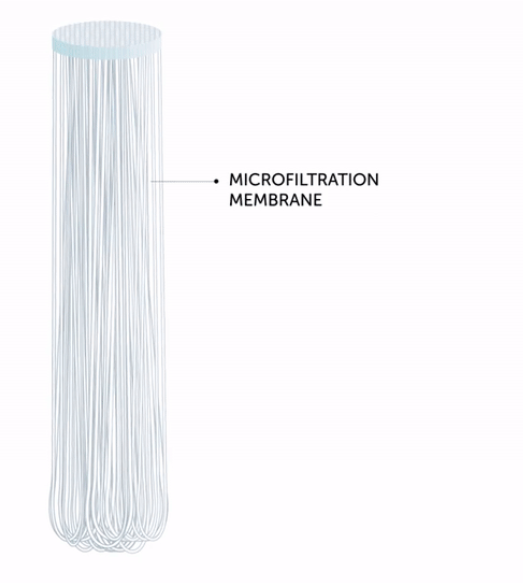
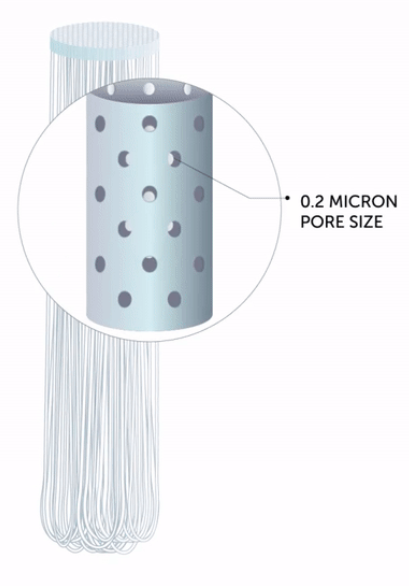
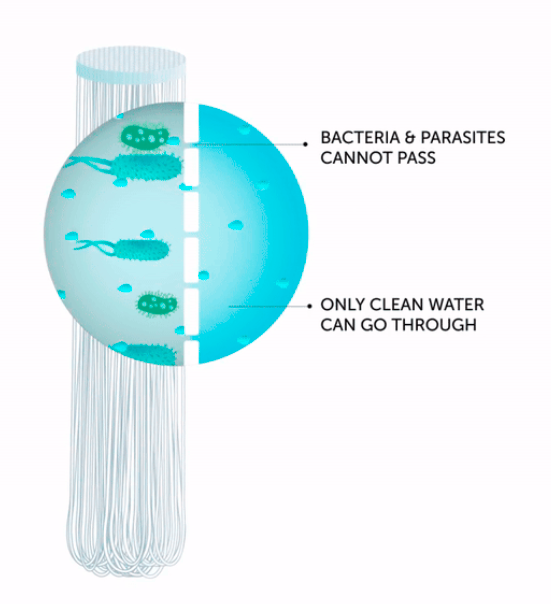
LifeStraw Membrane Microfilters made of hollow fiber membrane technology - a similar technology used in kidney dialysis.
Frugal or Fancy?
Frugal Innovation is about finding affordable, accessible solutions that can work in resource-constrained contexts. Local contexts and communities ideally inform and are involved in the process of development and use of the products. Ultimately, frugal innovation is a multidisciplinary approach to innovation that focuses not only on technology, but also integrates entrepreneurial, environmental, and socio-economic considerations. It is about doing more with the fewer resources available.
Overall, the LifeStraw products provide a smart solution to transform dirty water into safe drinking water for resource-constrained contexts. That being said, if you head to the LifeStraw website, you might notice that its products seem to be catered to the outdoor entertainment industry. This is great for hikers and campers in wealthier countries who do not always have access to potable water on their expeditions, but what does this mean in terms of the connection between the LifeStraw and frugal innovation? Can the LifeStraw still be a frugal innovation if it is sold on the global market to wealthier consumers?
To answer these questions, we need to go back to the roots of the LifeStraw. The LifeStraw began as a frugal innovation to filter out Guinea worm larvae in low-to-middle-income countries, after which it successfully scaled to wealthier countries by marketing to the outdoor entertainment industry beginning in 2013. This makes the LifeStraw not only a frugal innovation, but also a reverse innovation. Since 2013, it has continued to support resource-constrained areas by creating programs to distribute its water filtration products and also by focusing on issues of gender equality, environment, inclusion, and more. For example, the company distributes a LifeStraw Community purifier to schools in need which provides safe water to 100 school children for a period of five years with every 500 products they sell. Their focus and mission is supported by their global humanitarian projects and partnerships, including in Kenya, Bangladesh, Somalia, Central and South America, the U.S., and beyond.
In sum, the LifeStraw can be argued to be a strong example of a frugal innovation that later developed into a reverse innovation. Of course, there is room for criticism on what action is being taken by the LifeStraw Company to implement more permanent methods of water filtration for the communities it serves. At the same time however, we can see the significant strides LifeStraw has made to their social goals through their humanitarian projects and emergency relief for communities facing enormous environmental and socio-economic barriers. By operating according to this humanitarian business model, they have successfully disseminated their products across the world on an extremely large scale.
So, the next time you go to fill your Dopper, will you give a second thought to those who might not have the same opportunity to access safe, clean water? Will you think like LifeStraw, and help water the seeds that will empower underprivileged communities around the world with a humanitarian business? Or do you represent a more critical point of view, that the LifeStraw is not a frugal innovation after all? Join the discussion on LinkedIn now.
